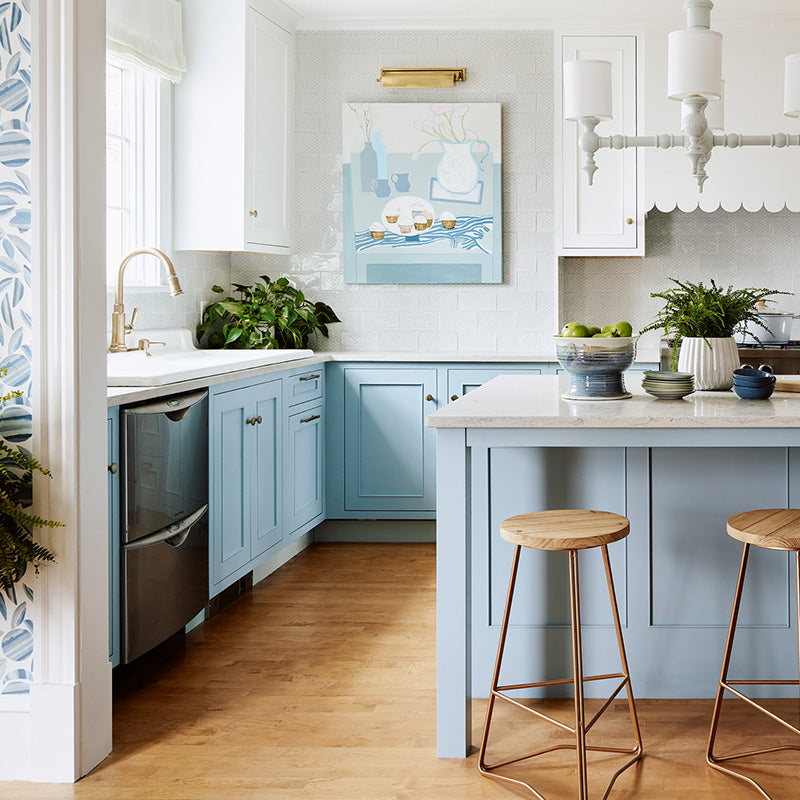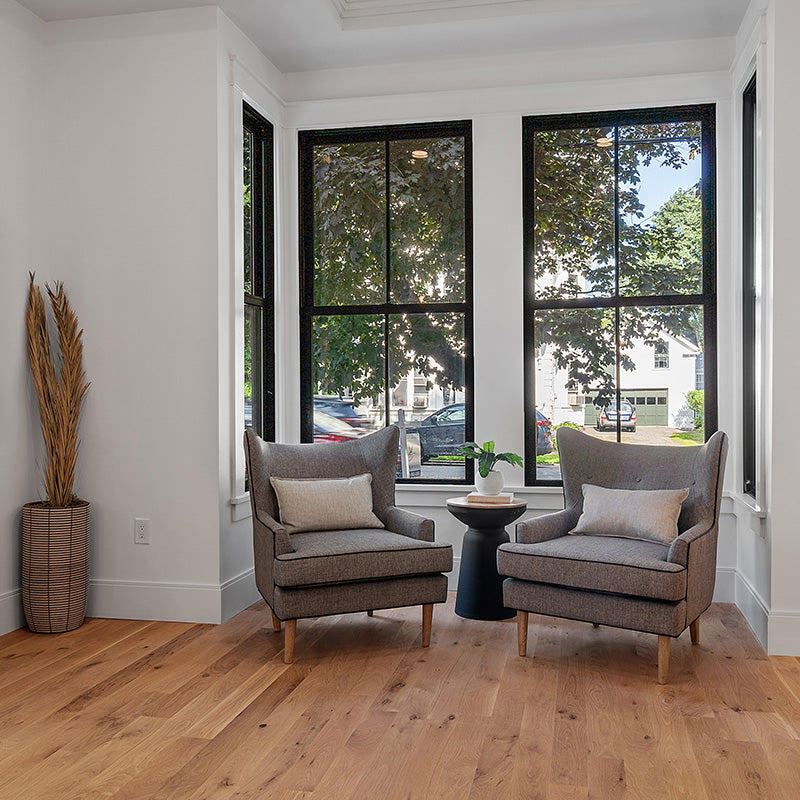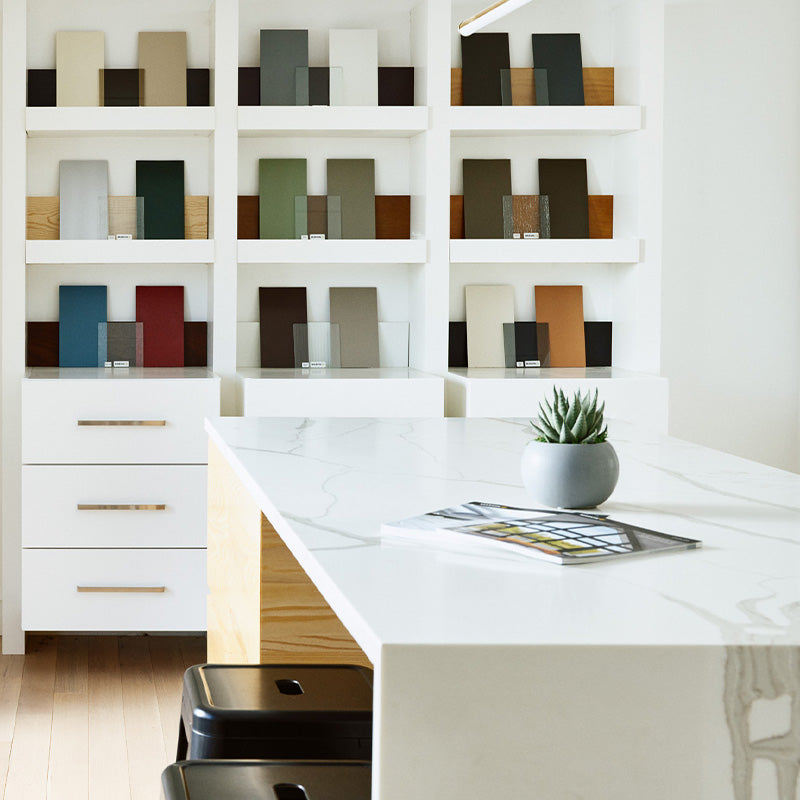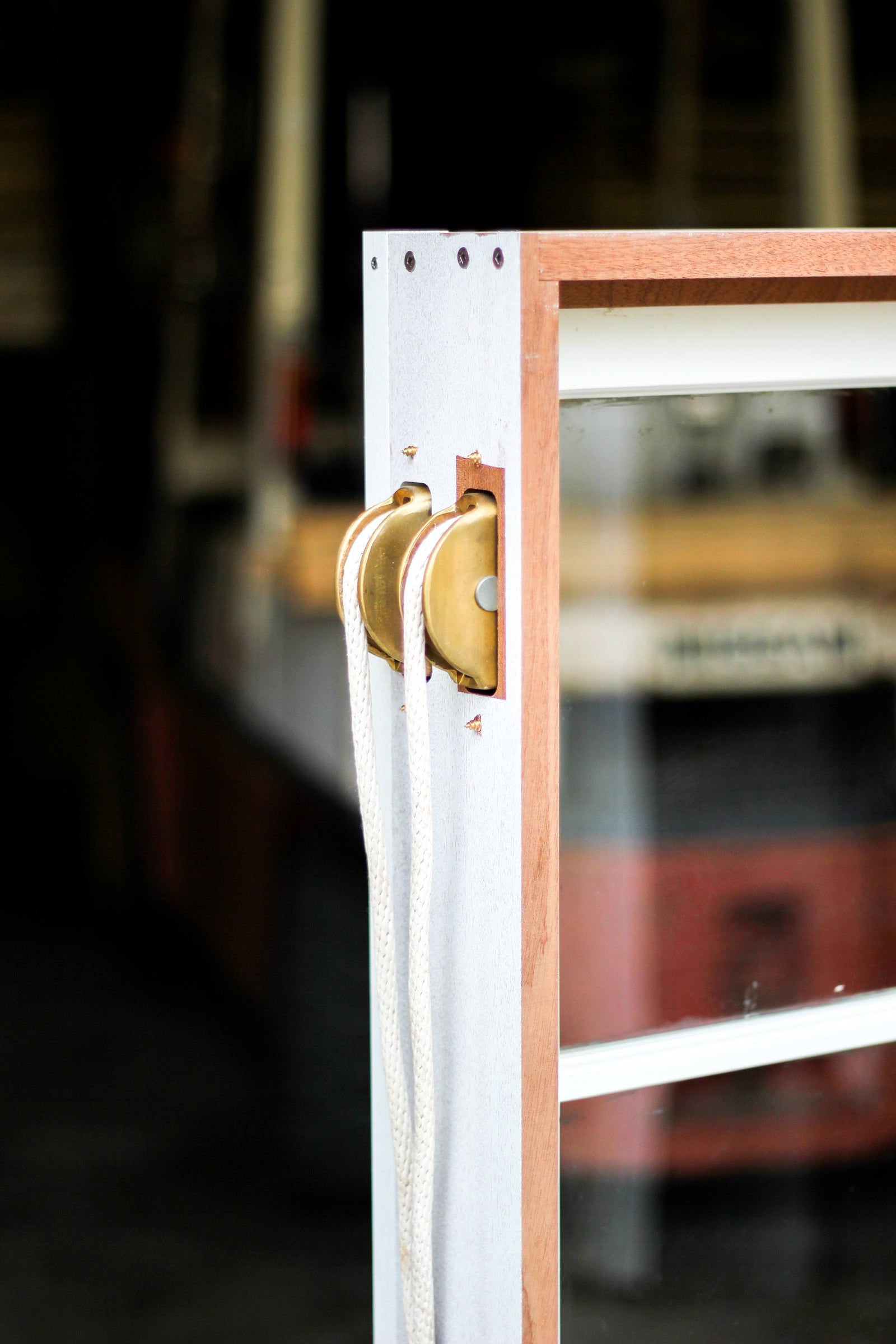Your Cart is Empty
Projects
Building An "Engine" TO Power Any Prefab Solar House You'd Like
May 09, 2013 2 min read
Stanford’s Start.Home project tries to add some freshness to prefab housing by creating one "core" with all the needed equipment, around which you can build whatever house you want.
By Ben Schiller; Co.Exist


Modular buildings have several cost and environmental benefits. But building everything the same does tend to leave you with cookie-cutter neighborhoods lacking in variety.
How can you have the pluses of modularity without the minuses? According to a group of students at Stanford University, the answer is "The Core."
"The big challenge is that you don’t want to confine people to a single house," says Derek Ouyang, who leads Stanford’s Start.Home solar-home project. "The cookie-cutter effect is something the modular home industry struggles with."
The Core, which Ouyang calls the "engine" of the home, is a 12-by-15-by-10-foot box containing all the plumbing and most of the machinery. It has a kitchen face on one side, with kitchen appliances already installed, as well as a bathroom, laundry room, and mechanical room (to access your equipment). The idea is to put all the functional stuff in one integrated piece, minimizing building and installation costs and improving efficiency.
"We’re making homes more like cars. We’re designing an engine for a home," says Ouyang.
Start.Home is Stanford’s 2013 entry to the "Solar Decathlon," the Department of Energy’s biennial contest to build homes that produce as much energy as they consume. But Ouyang, who is a senior, sees it as more than just another entry meeting the main criteria.
"We didn’t want to build a onetime showcase. We wanted this to really be a much larger idea--something that we think can change industry," he says. "It’s been customizability versus competitiveness. Our solution to that is giving people an engine. After that, they can have any design they want in the rest of the house."

Residents oversee the Core with an iPad app showing information from sensors and energy-monitoring equipment. Ouyang hopes the system will be educative as well as functional. "There’s no point designing a sustainable home if the behaviors aren’t changing," he says.
Stanford’s version of the house is for a couple in Palo Alto with a child on the way. Once the Decathlon is finished in October, the team will move it to Stanford’s campus and expand it when the baby arrives. Nineteen other teams are competing in the contest, which has been running since 2002.
Grand Banks 978-281-2421
Leave a comment
Comments will be approved before showing up.
Subscribe Today!
Our goal is to provide you with as much information as possible. Our newsletter is full of tips, inspiration and featured projects. We promise to only send you interesting things and never share your email with anyone else.




